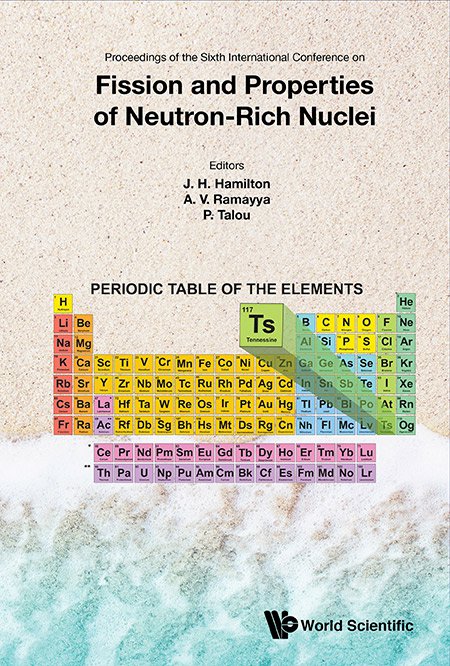New Directions with Transfer Reactions
Over the last two decades transfer reactions have seen a resurgence following developments in methods to use them with exotic beams. An important step in this evolution was the ability to perform the (d,p) reaction on fission fragment beams using the inverse kinematics technique, built on the experience with light beams. There has been renewed interest in using (9Be, 8Be) and (13C, 12C) reactions to selectively populate single-particle like states that can be studied via their subsequent γ decay. These reactions have been successfully utilized in the 132Sn region. Additionally, our collaboration has recently performed experiments with GODDESS, a combination of the full ORRUBA detector and Gammasphere arrays. Another new direction is measuring neutrons from (d,n) reactions, performed in inverse kinematics, with the VANDLE array of plastic scintillators. Presented below is an overview of these new techniques and some of the early data from recent experiments.



